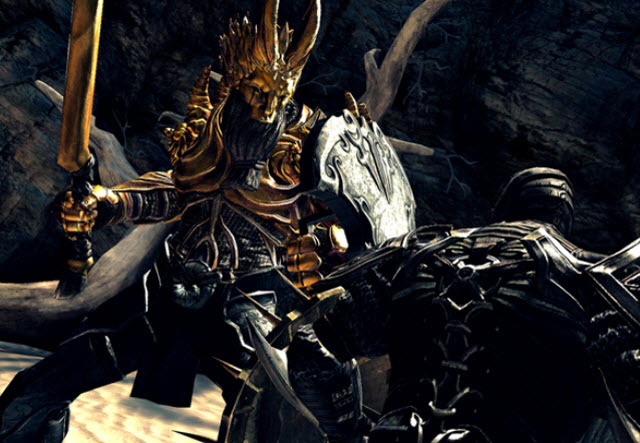The holidays came early for a lot of gamers in November, with releases ranging from Uncharted 3: Drake’s Fortune to Call of Duty Modern Warfare 3 and the Legend of Zelda: Skyward Sword.
[aditude-amp id="flyingcarpet" targeting='{"env":"staging","page_type":"article","post_id":356660,"post_type":"story","post_chan":"none","tags":null,"ai":false,"category":"none","all_categories":"games,","session":"B"}']Starting Friday, everybody else will start piling into the gift-buying market as well. In general, the last two months of the year can account for as much as 40 percent of the game industry’s revenues. Black Friday deals will abound as games compete for a share of shoppers’ wallets. Traditionally, the last six weeks of the year have been a critical season for the traditional console game industry, and that is probably the case for the digital game industry as well.
This year, U.S. retail game sales have been weak for the first 10 months of the year. Sales grew 1 percent in October but were down 6 percent in September, down 23 percent in August, and down 23 percent in July. Market researcher NPD is forecasting that game sales will get a little boost in the last two months of the 2011, resulting in flat to down 2 percent for the full year.
Fortunately, there are other parts of the industry that are providing growth. Those other parts include used games, rentals, online games, mobile games and social games. NPD is always behind in measuring those sectors, but the data from the second quarter showed that the entire game industry, including these sectors, grew 1 percent the second quarter.
Last year, the crowds failed to materialize to buy retail games in the last two months of the year, despite a record launch for Call of Duty Black Ops. Total video game sales in 2010 were $18.58 billion, down 6 percent from $19.7 billion in 2009, according to NPD. The weakness last year was due to hardware revenues, which were down 13 percent. Even with price reductions on game hardware, the market didn’t expand enough to compensate for the lower prices.
By comparison, Zynga is now generating a billion dollars a year in revenue for its social games and, based on a survey by Raptr, it is taking time away from time spent playing hardcore games.
But as much as digital game sales are taking money out of the pockets of the U.S. game retailers and console game publishers, they are also taking money away from other forms of entertainment. As we noted a year ago, games are becoming one of the biggest forms of entertainment, competing favorably with music and movies as they vie for the attention of old and young, male and female audiences alike. With the vast growth of games such as The Sims Social on Facebook, the notion of being a gamer is becoming as meaningless as a “moviegoer,” since everyone’s playing.
As the console game companies diversify into the digital space — Electronic Arts gets about a quarter of its revenue from digital games — they can also benefit from the expansion of digital gaming, which is doing a much better job of turning non-players into casual gamers on platforms such as the iPhone or Facebook.
[aditude-amp id="medium1" targeting='{"env":"staging","page_type":"article","post_id":356660,"post_type":"story","post_chan":"none","tags":null,"ai":false,"category":"none","all_categories":"games,","session":"B"}']
There are indications that the holidays are also a big season for digital games. For Zynga and Nexon alike, the fourth quarter is always the biggest revenue quarter of the year. The iPhone and iPad game markets usually see a pop around the holidays because kids and adults download and share new games at family gatherings. The mobile game companies are launching their major titles — such as Epic Games’ Infinity Blade 2 title debuting on the iPhone 4S and iPad 2 on Dec. 2 — during this season as well.
Digital retailers have also learned the same sort of Black Friday deals. Blizzard Entertainment’s online store is selling a packaged version of StarCraft II: Wings of Liberty for $29.99, or 50 percent off the retail price. But the offer ends Monday, November 28. As just as Black Friday has become a traditional shopping day in the malls, Cyber Monday has become a traditional day for e-commerce, and this year that includes games.
By the Christmas holidays, digital game sales can be expected to grow, providing fierce competition not only for packaged game sales at stores but also other forms of entertainment. While it’s hard to figure out if retail games will stay strong, the easiest prediction to make is that the overall game industry will grow in the critical last six weeks of the year.
Lastly, I hope you’re having a great Thanksgiving holiday week. Thank you for reading.

